
Identifying weeds and their roots when weeding the allotment or garden weeds.
Black Nightshade Solanum nigrum
Dandelion seedling
Dock with long tap root. You need to remove all of the root otherwise it will grow back again.
Ground Elder Aegopodium podagraria
Horse tail. This has small black roots that break easily. They are almost impossible to eradicate.
Convolulous climb up and stangle other plants and take the sunlight.
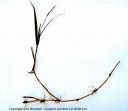 Couch grass have strong wirey roots
Couch grass have strong wirey roots
Fat Hen Chenopodium
Lesser Trefoil Trifolium dubium
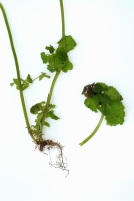
Red Dead Nettle. Lamium purpureum Red Dead nettle Lamium purpureum Stinging Nettle. There have orange-yellow rootsThistle have long tap roots. You will have to remove the whole root otherwise it will grow back again Willowherb are tall attractive weeds but they spread like mad. Short-fruited WillowherbWillowherb flower
Short-fruited Willowherb Epilobium obscurum
Smooth Cat’s-ear Hypochaeris glabra
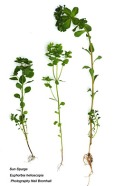 Sun Spurge Euphorbia helioscopia
Sun Spurge Euphorbia helioscopia
Wood Avens Geum urbanum
Wood Crane’s-bill Geranium sylvaticum
Photography Neil Bromhall Complete Garden planting advice, plant identifier and pruning guide CD-ROM
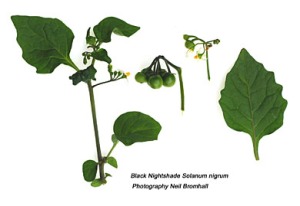
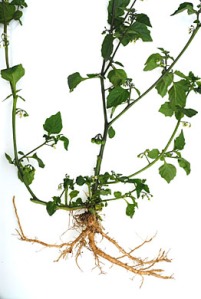
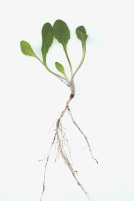

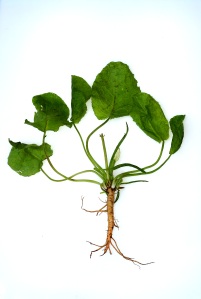



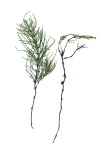

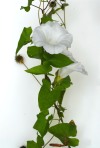










 Posted by Neil Bromhall
Posted by Neil Bromhall 

